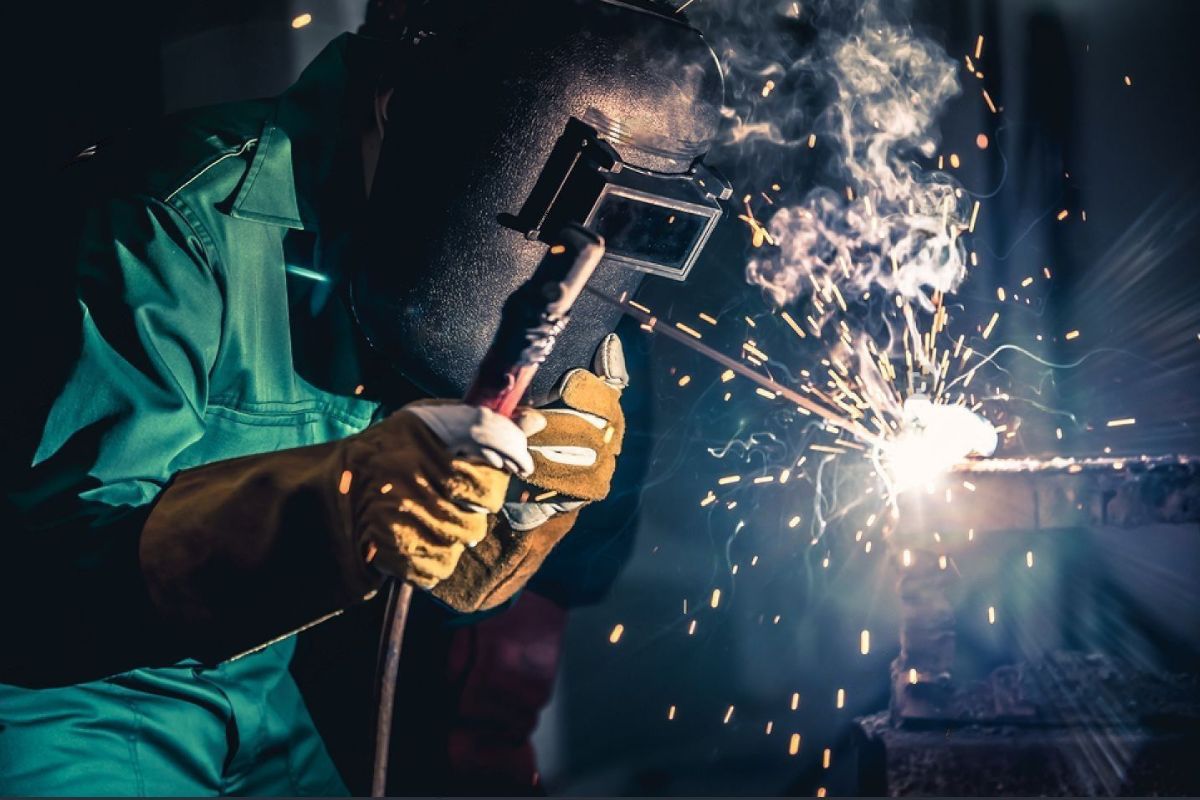The Ultimate Guide to Welding WPS Procedures: A Detailed Introduction for Welders
In the complex world of welding, Welding Procedure Specifications (WPS) function as the foundation of making certain high quality, uniformity, and safety in welding procedures. Comprehending the subtleties of developing, applying, and keeping track of WPS treatments is important for welders seeking to boost their craft and satisfy market standards. As we look into the various parts of a WPS and explore the intricacies of qualification and certification, we will reveal the crucial duty these procedures play in the realm of welding. Allow's embark on a journey to decipher the intricacies and significance of WPS treatments in welding practices.
Significance of WPS Procedures
Recognizing the importance of Welding Procedure Specs (WPS) procedures is critical for making certain the high quality and integrity of welded frameworks. WPS procedures work as a roadmap for welders, describing the essential actions, parameters, and materials required to achieve a sound weld. By sticking to WPS guidelines, welders can ensure consistency in their work, resulting in structurally sound and trusted welds.
Among the main factors why WPS treatments are important is their function in keeping weld high quality and stability. Complying with the defined welding criteria and strategies outlined in the WPS helps protect against defects such as porosity, fracturing, or incomplete blend, which can jeopardize the toughness and sturdiness of the weld. Additionally, WPS treatments are crucial for making sure compliance with sector standards and codes. By complying with well established WPS guidelines, welders can show that their job satisfies the required demands for safety and security and quality, giving assurance to clients, inspectors, and regulative bodies. Basically, the value of WPS treatments can not be overstated, as they are basic to accomplishing constant, top notch welds that fulfill sector criteria and specs.

Components of a WPS
A Welding Treatment Spec (WPS) normally makes up essential elements that information the details needs for carrying out a weld, making sure consistency and quality in the welding procedure. The crucial parts of a WPS consist of vital variables such as base metals, filler metals, preheat and interpass temperatures, welding procedures, shielding gases, welding placements, and post-weld heat treatment demands.
Base steels refer to the products being joined, while filler steels are utilized to load the space in between the base steels throughout welding. The welding procedure lays out the specific technique to be used, whether it's gas metal arc welding (GMAW), shielded steel arc welding (SMAW), or one more technique. Welding placements define the orientations in which welding can be carried out.

Credentials and Certification
Having actually developed the vital elements of a Welding Treatment Specification (WPS), the focus currently shifts towards the crucial elements of credentials and certification in welding methods.

Qualification, on the other hand, is the formal acknowledgment of a welder's certifications by a pertinent certification body or company. Welding qualifications are commonly based why not try here upon the particular welding procedures, products, and placements a welder is qualified to deal with. Holding a legitimate welding certification demonstrates that a welder satisfies sector requirements and is experienced to perform welding jobs to the needed requirements.
Developing a WPS
To create a Welding Procedure Specification (WPS) that satisfies sector requirements, mindful factor to consider of welding procedures, products, and operational specifications is important. The very first action in creating a WPS is to recognize the welding procedure to be utilized, such as gas steel arc welding (GMAW) or protected metal arc welding (SMAW)

Implementing and Monitoring WPS
Upon settling the detailed Welding Treatment Requirements (WPS) that carefully information welding procedures, products, functional criteria, and quality control actions, the focus shifts to effectively carrying out and monitoring the well-known treatments. Execution entails making certain that all welders included in the job know with the WPS and follow it thoroughly throughout the welding process. This needs offering try this web-site sufficient training and supervision to guarantee adherence to the specified treatments. Monitoring the WPS entails continual oversight to validate that welding tasks straighten with the recorded specs. Evaluations, testing, and quality assurance steps are vital components of the monitoring process to identify any kind of discrepancies or problems promptly. Normal audits and testimonials of the welding procedures assist in preserving consistency and top quality throughout the project. Efficient implementation and tracking of the WPS are vital for making certain the integrity, stamina, and security of the welded joints, ultimately adding to the general success of the welding job.
Verdict
To conclude, understanding and adhering to Welding Treatment Requirements (WPS) is vital for welders to ensure high quality, uniformity, and security in their job. By knowing the elements of a WPS, getting proper credentials and accreditations, developing detailed procedures, and carrying out and checking them successfully, welders can boost their abilities and effectiveness in welding practices. Sticking to WPS procedures is crucial for creating high-grade welds and conference market requirements.
In the elaborate globe of welding, Welding Procedure Requirements (WPS) offer as the backbone of making sure high quality, uniformity, and security in welding operations. The welding process outlines the particular method to be made use of, whether it's gas steel arc welding (GMAW), secured steel arc welding (SMAW), or an additional technique.To establish a Welding Treatment Specification (WPS) that satisfies industry requirements, careful consideration of welding processes, materials, and operational specifications is essential. The first step in creating a WPS is to recognize the welding process to be used, such as gas steel arc welding (GMAW) or secured steel arc welding (SMAW)Upon finalizing the extensive Welding Procedure Specification (WPS) that meticulously information welding processes, materials, functional specifications, and top quality guarantee actions, the emphasis moves to properly implementing and keeping track of the well established treatments.